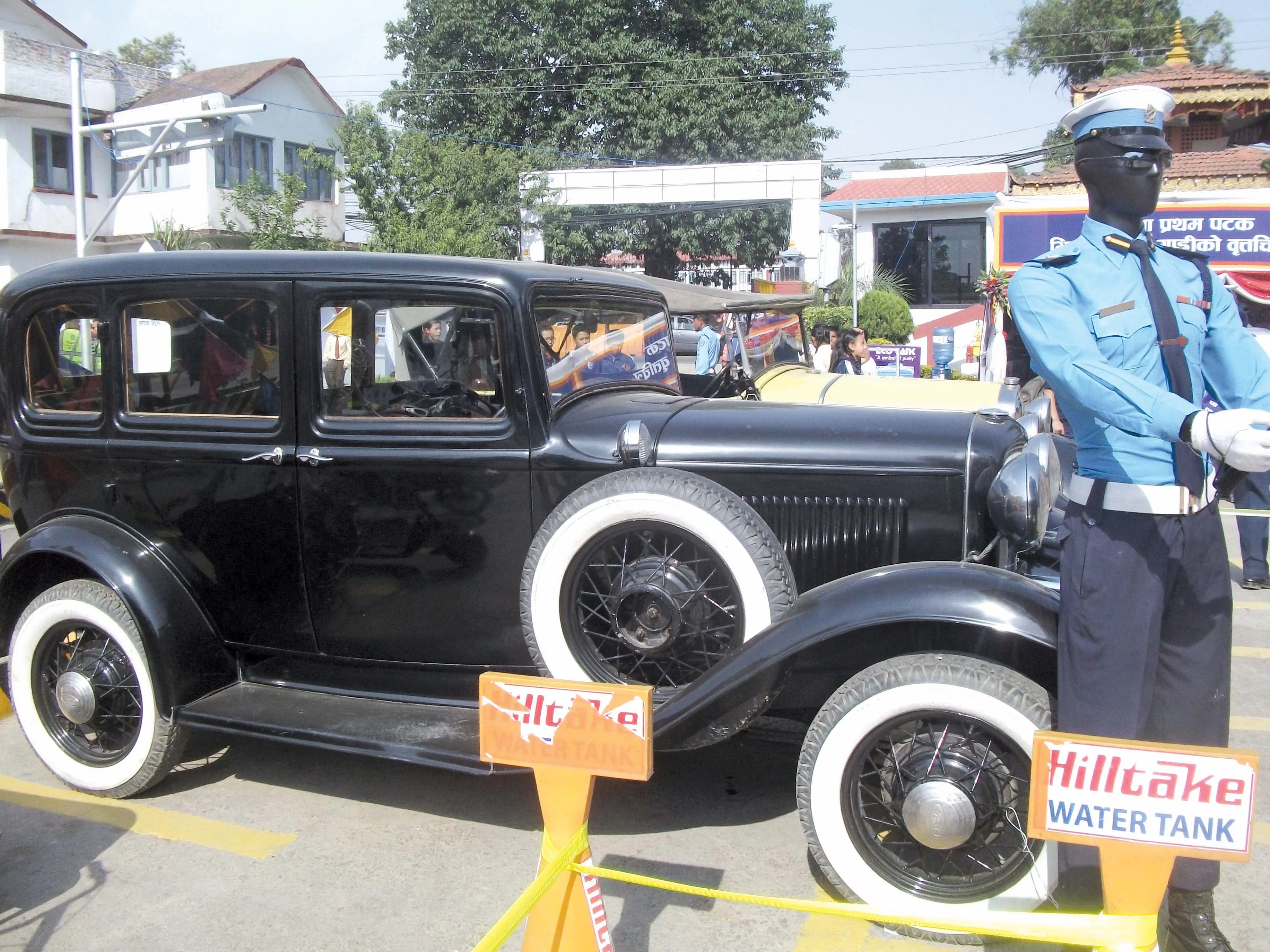The fatality rate on Germany’s road network increased in the first half of 2014, compared with the same period last year. The preliminary figures from Germany's Federal Statistics Office,
Meanwhile the German Transport Ministry is carrying out a pilot project that aims to reduce risks caused by wrong-way, ‘ghost’ drivers. A new radio communications system will be tested that will detect vehicles travelling in the wrong direction and which will then warn other drivers to the oncoming hazard. The new digital test field facility will enable the technology to be evaluated closely. Wrong-way drivers are a known hazard in Germany with such instances causing frequent incidents on the autobahn network. In some instances drivers may become confused by entry and exit slip roads while in others, people have been known to attempt suicide by driving into oncoming traffic, with horrific results. The death and injury rate from wrong-way driving on the German network has not been revealed but given the high speeds attained on unlimited stretches of the autobahn system, the results can be devastating.
Increase in German car crashes cause for concern
The fatality rate on Germany’s road network increased in the first half of 2014, compared with the same period last year. The preliminary figures from Germany's Federal Statistics Office, Destatis, show an increase in road deaths of 9.5% to 1,576 for the first six months of 2014. The level of injuries also rose by 10.6% to around 185,600 while the number of crashes in which people were injured rose 11.4% to 144,600. Overall however, the number of crashes dropped by 1.2% to 1.15 million. The reason for the i
August 27, 2014
Read time: 2 mins






